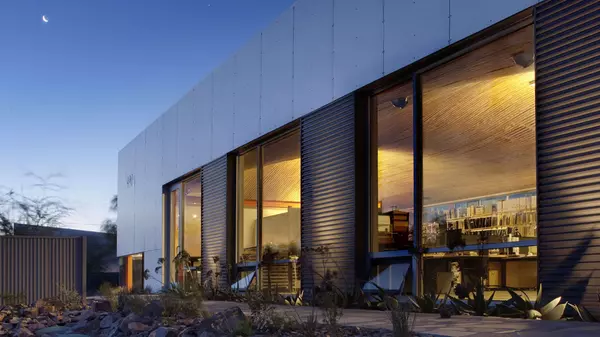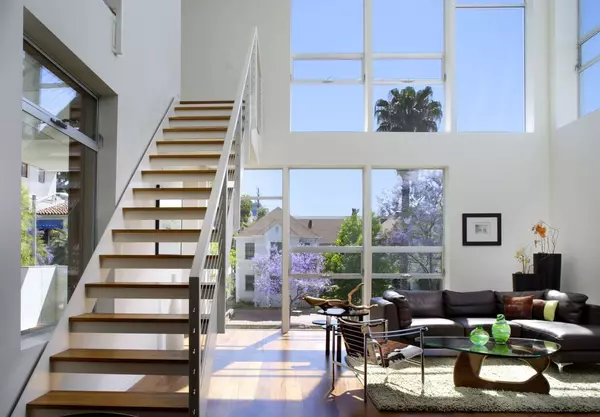Canadian Hotel Market Trends and Forecast Through 2027
On September 16, 2025, CBRE released its Q3 Canadian Hotel Industry Outlook, offering projections through 2026 and 2027. The report reviews national and regional performance indicators such as Revenue Per Available Room (RevPAR), occupancy, and average daily rates, while factoring in broader economic pressures and factors.
Although hotel performance is not directly transferable to other real estate asset classes, it can also provide a window into trends in travel demand, spending power, and regional market strength, providing a benchmark for understanding where demand is growing, where headwinds may appear, and how local conditions could shape investment outcomes.
CBRE’s latest outlook points to modest but steady national growth, with stronger performance concentrated in top-tier markets like Vancouver, Toronto, and Montreal. This suggests that demand for accommodations is holding firm despite a softer economic backdrop, though the investment landscape remains highly localized.
National Performance: Growth Slows but Stays Positive
The key financial measure in hotels, Revenue Per Available Room (RevPAR), shows the trajectory of the sector clearly. After a dramatic recovery in 2022, when RevPAR surged 93.3% year-over-year, growth has since normalized. CRE Projections indicate RevPAR will average $139 in 2025 (+3.1%), $142 in 2026 (+2.1%), and $144 in 2027 (+1.1%). While growth is slowing, the sector is still on track to maintain positive performance despite economic headwinds.
Occupancy is forecast to hover around 65% to 66%, with Average Daily Rate (ADR) rising gradually from $211 in 2025, to $216 in 2026 and $221 in 2027. On a national basis, this signals stability rather than explosive growth, with stronger performance concentrated in select markets.
Regional Outlook: Key Areas of Demand
CBRE’s outlook highlights substantial regional differences. Vancouver is expected to lead the country with RevPAR of $232 in 2026, followed by Toronto at $177 and Quebec City at $173. Montreal and St. John’s stand out for projected growth rates of 4% year-over-year, while Calgary and Saskatoon are expected to see modest declines.
These regional forecasts highlight a critical point: performance is highly localized. In hotels, oversupply or softening demand in a single market can drag down RevPAR even when national numbers look solid. In the short-term rental sector, investors face an even more fragmented landscape, where municipal rules, permitting processes, tax structures, and other factors can tilt the economics of a property.
Supply and Demand: A Balancing Act
Nationally, hotel room supply is forecast to grow by 0.7% in 2025, 1.5% in 2026, and 2.1% in 2027. This steady increase creates competitive pressure, particularly in markets where demand is flat or declining. CBRE notes that some regions are experiencing a “double down” effect of weakening demand coinciding with new supply, which erodes profitability.
Economic Context and Travel Trends
Underlying demand for both hotels and rentals is closely tied to broader economic conditions.
Domestic Travel Resilience
Domestic Canadian travel has remained strong, offsetting declines in U.S. and international demand.
Air Travel Recovery
Passenger traffic through the country’s largest airports surpassed pre-2019 levels by mid-2025, signalling a broad rebound in mobility. This helps support demand for accommodations in gateway cities.
Economic Headwinds
Rising unemployment, inflation, and weaker GDP growth are tempering consumer spending.
Overall, the CBRE outlook suggests that demand for accommodations remains healthy in Canada, but growth is uneven.
Recent Posts










